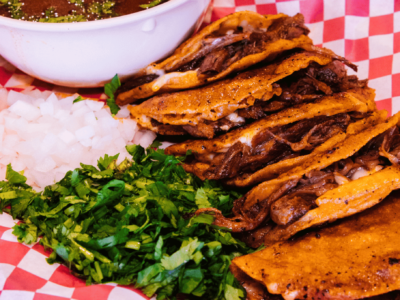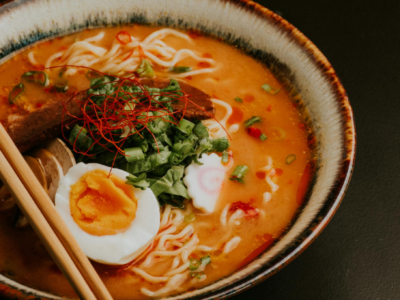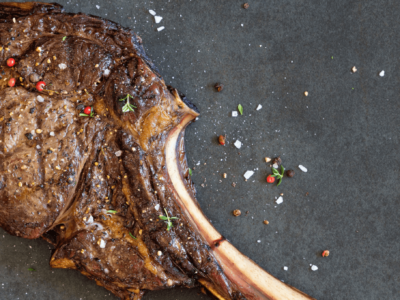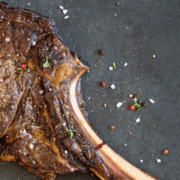You will seldom come across a herb as versatile as basils. From your regular pesto sauce to the most refreshing drink, basil is everywhere. Also revered as a holy plant in Eastern cultures, this plant has many medicinal properties. But do you know how to harvest basil leaves?
Let me share the 7 best facts you must know about harvesting basil leaves.
And if your garden is already filled with basil plants like I now have just after the rains, enjoy the bounty.
Contents
How To Harvest Basil And Store The Leaves: 7 Facts To Know
It’s hard to imagine how a basil leaf can elevate the taste and flavor of a simple recipe. Can you imagine noodles, pasta, and many other staples without a touch of basil today?
Growing basil is not a tough task if you sow the seeds in the right type of soil and water the saplings right.
Then again, many people fail to grow a healthy and voluminous basil plant. So, this guide will help them.
You Can Grow A Variety Of Basils
You must be familiar with Genovese basils, widely used for making pesto pasta. However, there are many other varieties we hardly know about.
Some other types of basil leaves include:
- Thai basil
- Lemon basil
- Holy basil
- Purple basil
- Curly leaf basil
- Clove basil
- Cinnamon basil
Each type of basis differs in the aroma and flavor. So, before you use one in a dish, make sure to chew a leave (very much edible and helpful in common cold and cough) and know the taste.
Create Ideal Conditions for Growing Basils
This is the most crucial part of growing a basil plant. You must prepare the soil right and make provisions for enough water and light.
Caption: How To Harvest Basil
Growing Basil Needs Moist But Well-Drained Soil

Basil plants love moist soil but with proper drainage. If the water gets stagnant near the root, the plant will die.
If you are planting the seeds in the soil, you can get the soil ready by mixing organic manure. However, if you are planting the seeds in a pot, make sure that there are enough provisions for filtration.
Water Requirements
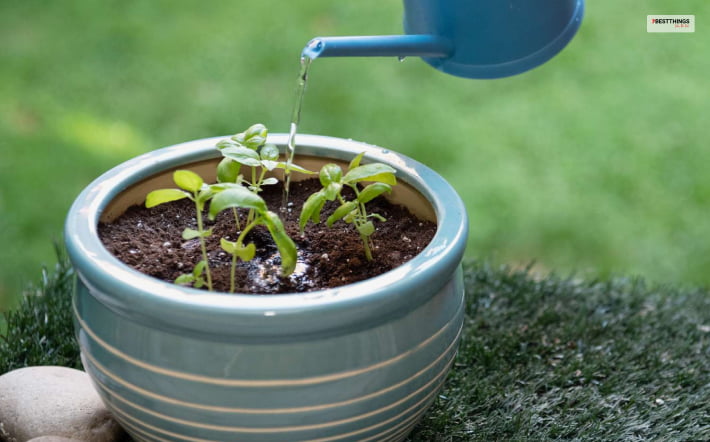
Barring the rainy season, you will have to water a basil plant every day and thoroughly. It helps the soil to hold on to moisture.
You can try organic mulching when the basil plant is a few inches tall.
Light Requirements

Basil plants need full Sunlight for six to eight hours every day. So, if you are harvesting basil plants indoors, you must keep the pot in a place that gets enough Sunlight.
Basil plants cannot stand cold or frost. So, if you have a mature basil plant, bring it indoors during the winter. Also, start sowing the seeds only when the winter is gone and the soil has become warm.
Take Care Of Fungus Attacks

You have to be mindful about repelling fungal attacks if you want to know how to harvest basil without killing the plant.
Basil plants easily get affected by powdery mildew. Keep the plant in an airy space to avoid mildew growth. Basil plants are delicate; the leaves are used in food, drinks, and medicines.
So, I use a very low concentration of margosa or neem oil to keep my basil plants fungus-free.
Harvest In The Summer

Summer is the best season if you want to know how to harvest basil. When the soil starts to become warm and the temperature outdoors reaches around 80 degrees F, you will find your basil plant with plump leaves.
Pluck those carefully, or use your garden scissors to collect as many leaves as you want.
Here is a smart trick for you. If you want the most fragrant and healthiest leaves, harvest the leaves early in the morning.
Also, these leaves exude the strongest aroma just before flowering. I collect all the leaves during this time.
Be Careful About Pruning And Pinching
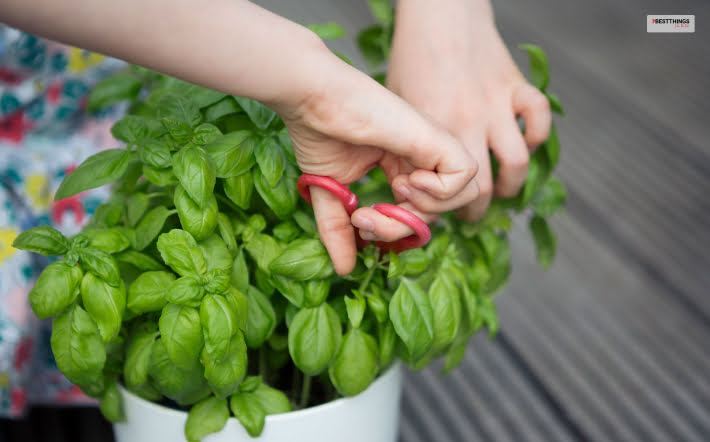
Caption: Pruning Basil Plants
What’s so special about pruning a basil plant? No, it’s not as easy as you think. Further, it’s not like cutting the crown with a pair of kitchen scissors.
First of all, you have to know when to do the pinching. Has your basil plant started flowering? Pinch the flowers gently. It will boost the growth of more leaves. Also, it will stop the leaves from becoming bitter.
For pruning, cut the overgrown or sickly branches or stems using your kitchen scissors. Cut the stems above at least ¼ inches about the node.
Further, start pruning from the top of the plant and slowly move down.
Remember, you cannot trim more than 1/3rd of the basil plant’s height at a time.
Take Care Of Your Basil Plant In The Frost
You cannot leave your basil plant outdoors when the temperature outside starts falling. If the temperature is around 40 degrees F or less, you must bring the plant indoors.
Further, place the plant on your windowsill or any other place in the house where it can receive enough Sunlight.
Another smart trick for preserving basil is keeping the stems in a pot filled with room-temperature water.
Do not refrigerate it.
Save Your Basil Seeds
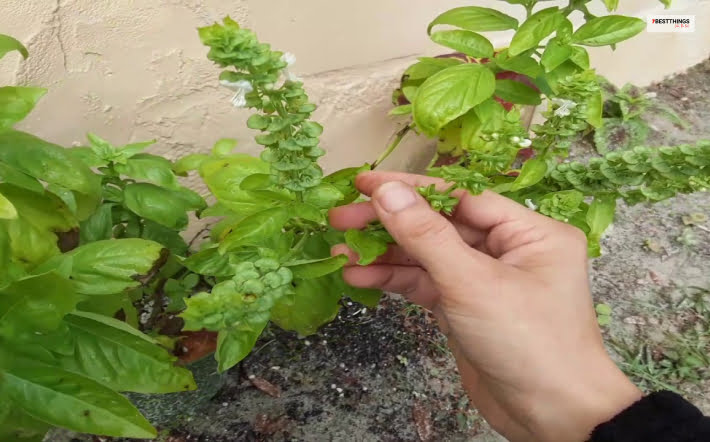
Caption: Basil Seeds
I love to save basil seeds, making the harvesting process more sustainable. Here is the guide to collecting basil seeds.
- Decide a basil plant, which you will allow to flower and have seeds.
- Once the plant flowers and produces seed heads, wait until the seed heads become brown.
- Collect the dry seed pods.
- Roll the seed pods in your palms and collect the seeds.
Basil seeds are black, and if you keep them in a dry place, they will last for years. Keep them wrapped in an envelope to prevent moisture attacks.
Store Your Basil Leaves

Now, you know how to harvest basil. So, it’s time to learn how to store the leaves for years. I follow three methods to keep the basil leaves fresh for longer.
- I cut fresh and long basil stems and put them in a pot filled with room-temperature water. In this way, the leaves remain fresh for 4-5 days.
- Also, I pour olive oil into the cubes of my ice tray and add chopped basil to it. I refrigerate it and use the cubes for cooking. Thus, I get the most aromatic cooking oil.
- I make a puree of basil leaves with olive oil and preserve it in an ice cube tray.
Final Words
It is not tough to grow basils. However, knowing how to harvest basil will help you to keep your plant healthy and optimize the yield.
Further, if your plant does not have well-drained soil or adequate light and air supply, the leaves of your basil plants will turn yellow, and the plants will die with time.
So, take care of your basil plants and enjoy the freshness in each homemade delicacy with your family!
Do you have any other important tips to share regarding harvesting basil plants? Don’t forget to share.
Also Read

